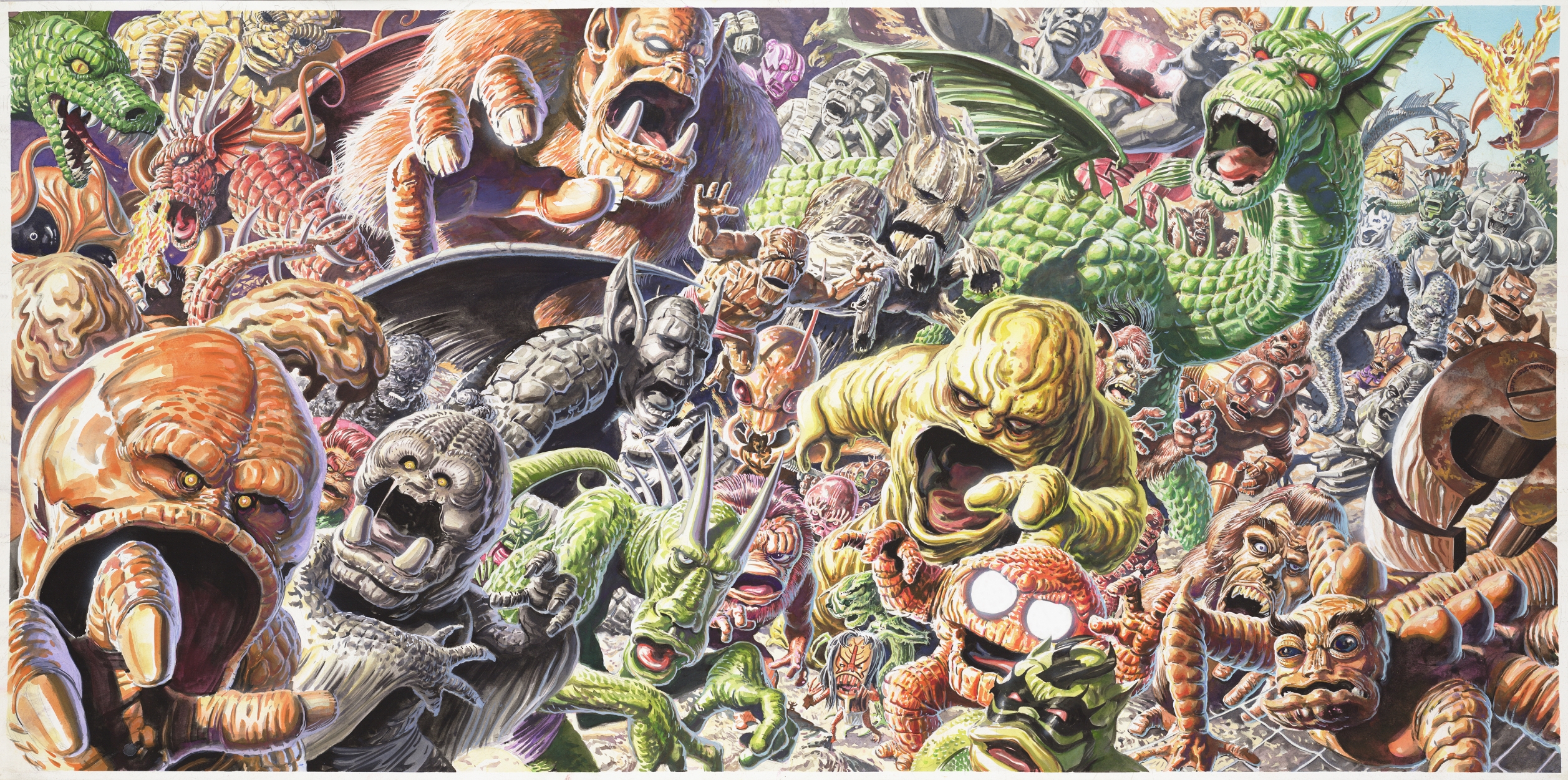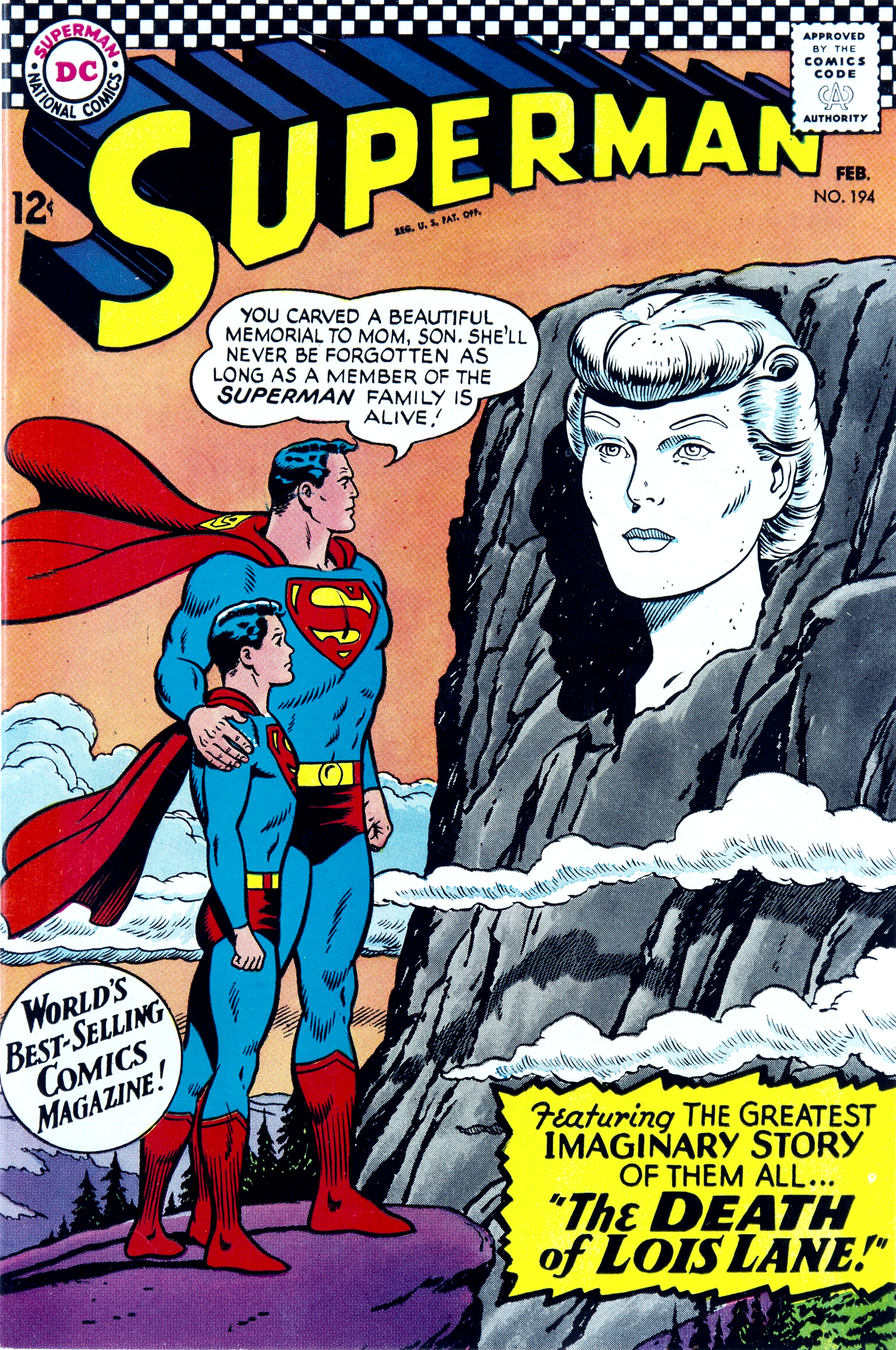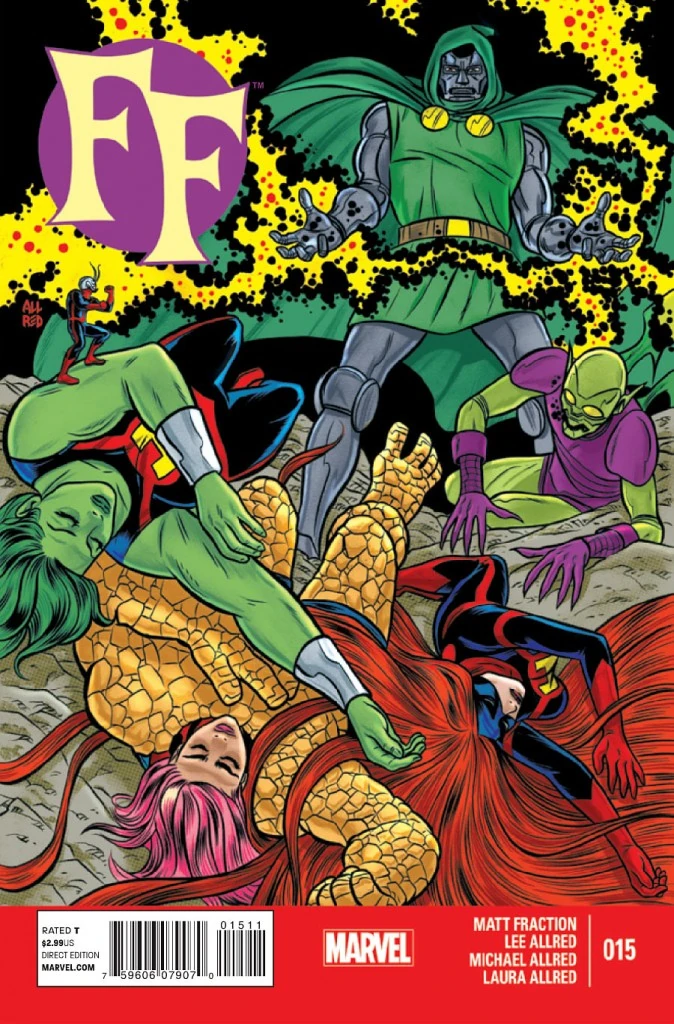
She and her coven contrived to bring a witch homeland into being through their actions in Salem village in Massachusetts in the late 17th century. The project is depicted in the television series Salem, albeit in a sensationalized and one-sided fashion. Mistakes were made, to be sure, and many of those could be blamed on Harkness’ son, who would begin calling himself Nicholas Scratch in mockery of the Puritans’ fear of the Devil. The Harknesses and their cover were forced to move on.
They found refuge in an isolated valley in the Rocky Mountains and founded the town of New Salem where they could live in peace. Once the town was well established, Agatha chose to return to the outside world, perhaps to search for other homo magi, perhaps to keep a closer eye on wider humanity. During World War II, she may have joined our magical practitioners in helping the Allies. She likely had a hand in helping to establish the national Council of Witches and Miss Robichaux's Academy in New Orleans to secretly nurture more attenuated homo magi bloodlines. Certainly, she would have checked in on the Spellmans, her descendants through her daughter, Abigail.
In her absence, Nicholas Scratch eventually took power. He fathered several children by several wives: those becoming the magically mutated individuals known as the Salem Seven, and at least one illegitimate child among another hidden sect of witches named Klarion Bleak. Eventually, Scratch and his children and followers in New Salem sought to move against Harkness. With the aid of the Fantastic Four he was defeated and vanished to another dimension, though he would continue to plague the Fantastic Four and his mother.
The settlement of New Salem does not survive the end of the 21st century. Its inhabitants will choose to join other homo magi refugees on the distant world of Zerox.
















































